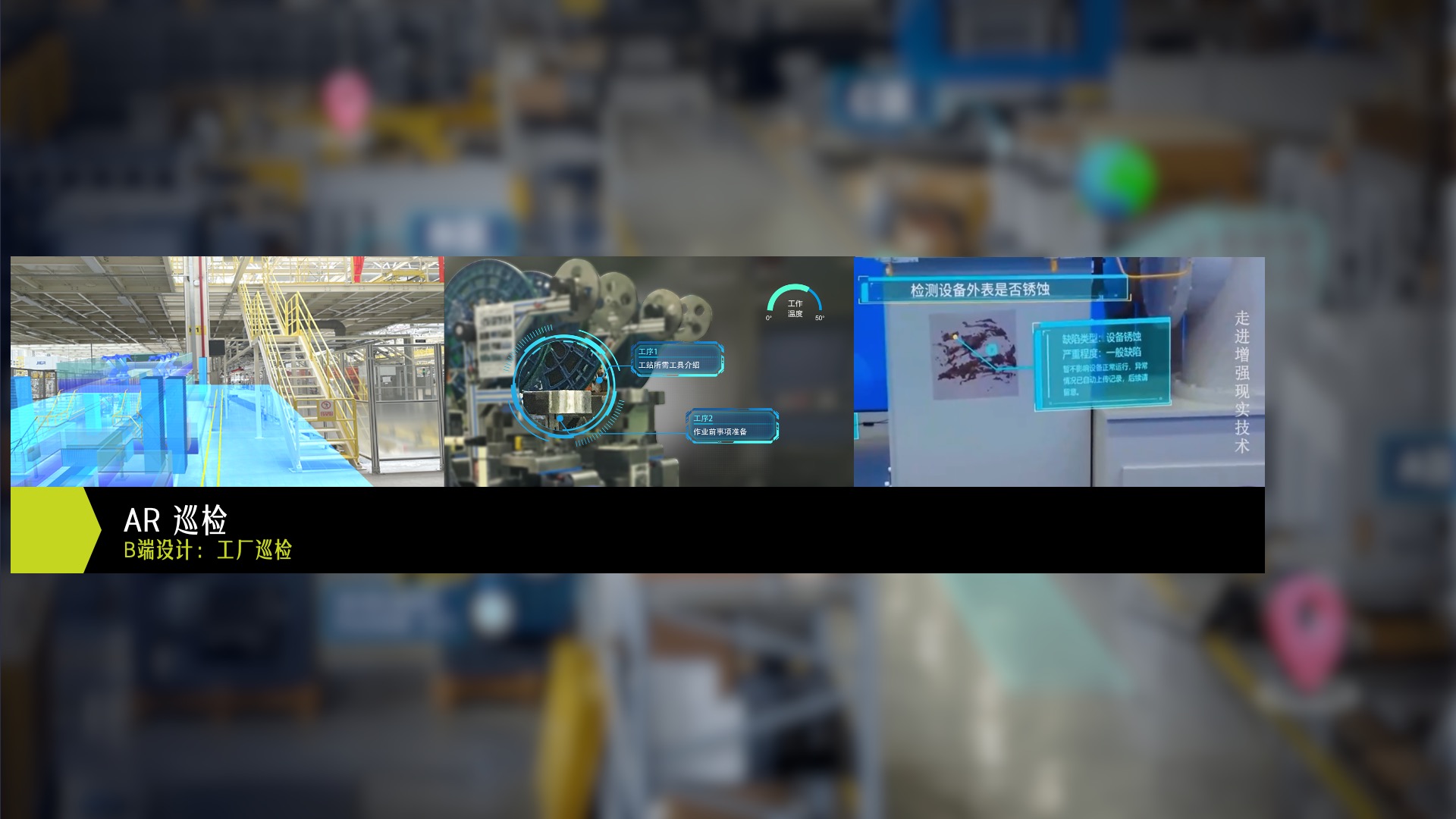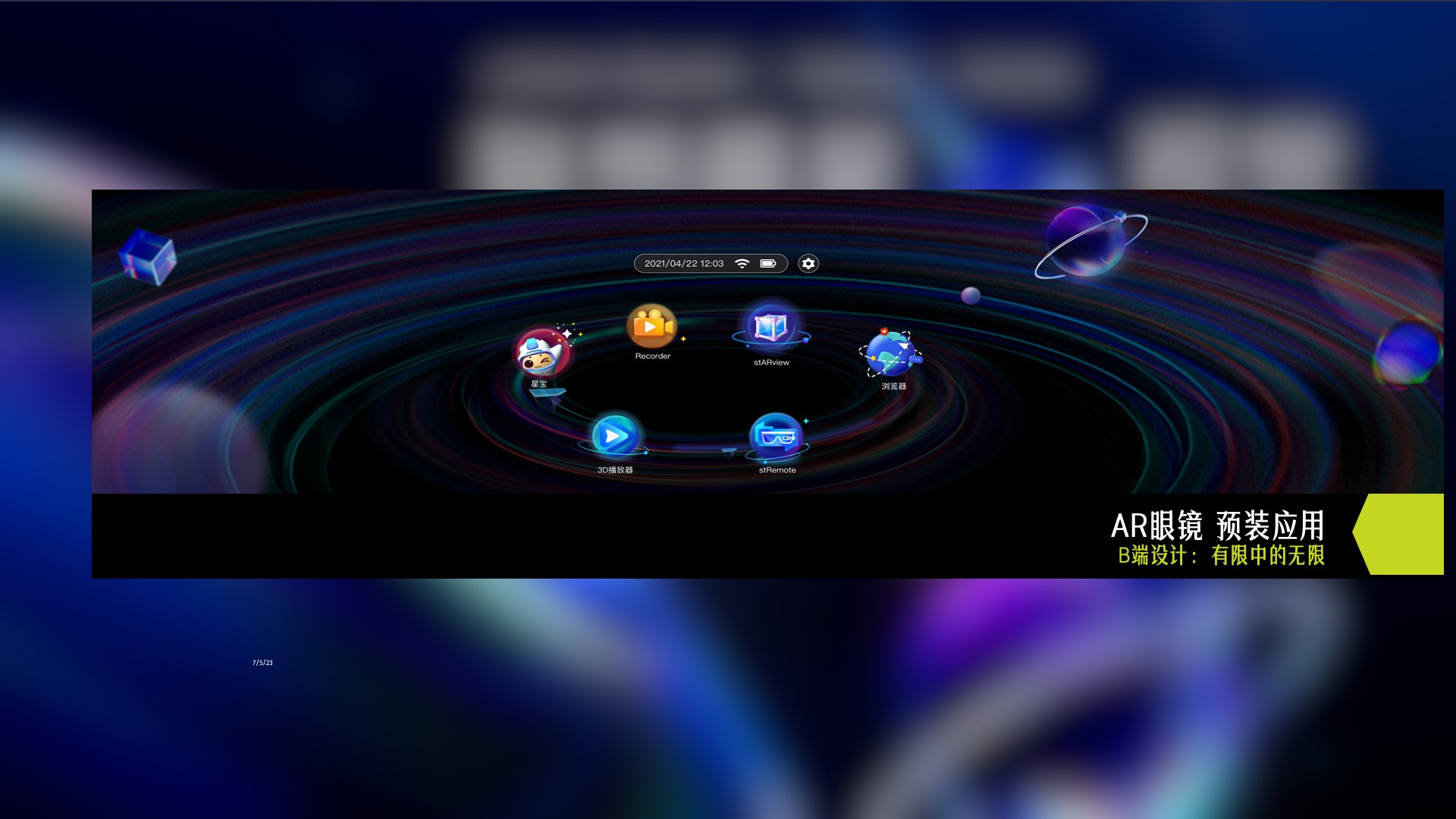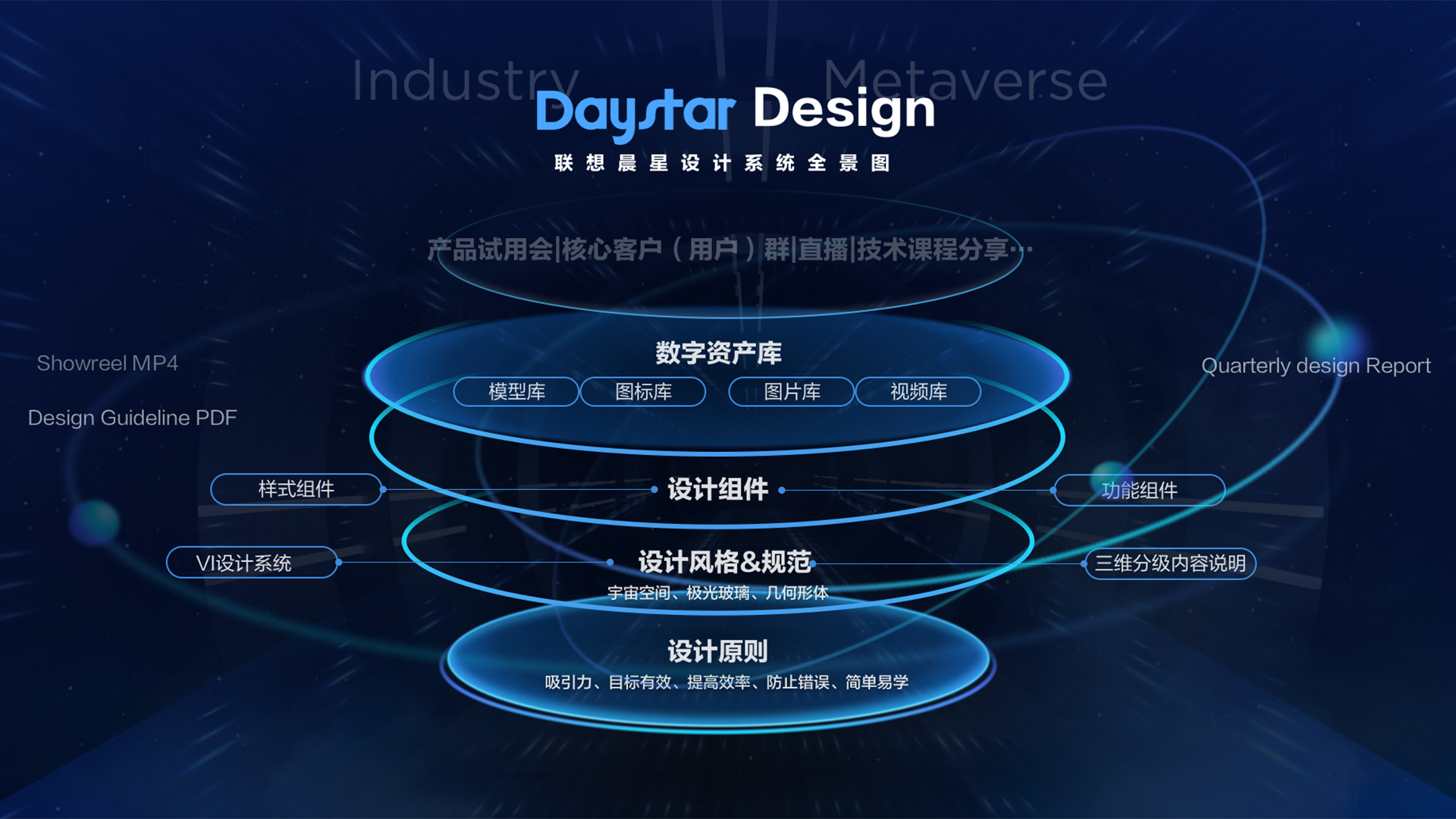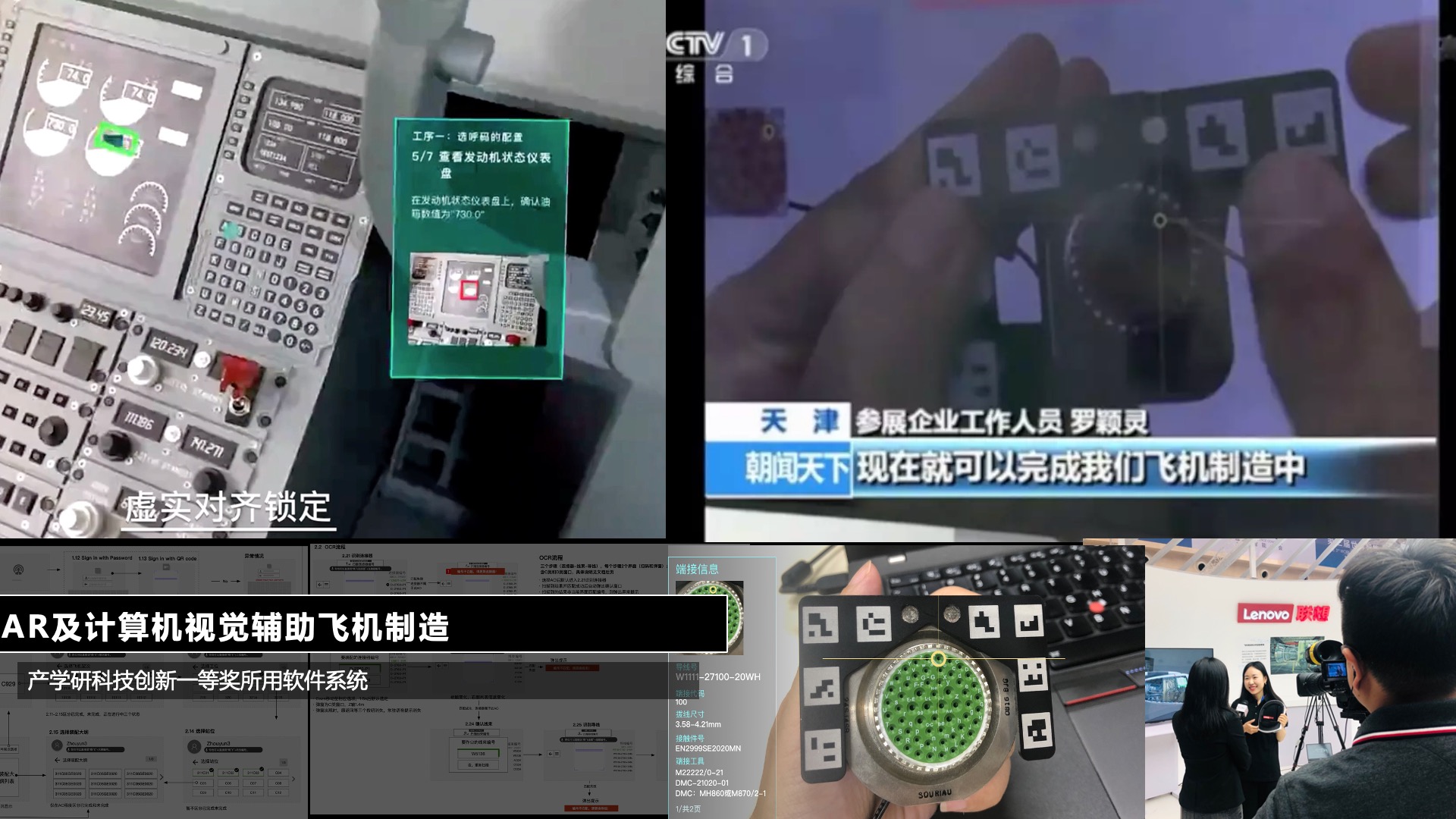-
 Luo Yingling
Lenovo
Senior UX Designer
Luo Yingling
Lenovo
Senior UX Designer
Senior UX designer of Lenovo, author of 《AR Interface Design》, responsible for user experience design of AR and industrial metaverse direction in Lenovo Research, focusing on user experience design of AR and intelligent field for 6 years, with nearly 20 related patents, responsible for the user experience design of AR-assisted domestic aircraft manufacturing, remote intelligent inspection system for power grids and other related topics or projects, which won the prize of industry-university-research innovation. Former TCL (Communications) Technology Global R&D Center UXPM.
Design concept:Willing to make the field of design more valuable in the intelligent future and make the profession of designers more valuable.
Visual sensory door in innovative design: AR interface interaction
With the development of intelligent technology, AR design has been selected into the list of major design trends in recent years. As a trend of innovative products in the future, what is the difference between it and the interface interaction design we are doing now, and what will bring to the user experience? How about the impact? In addition to conventional design methods, skills and thinking, what capabilities do designers need to update and iterate? In today's fiery metaverse concept, what position does it occupy, and how can interface interaction be reflected and function in it?
In this speech, I summarized the experience and thinking of AR interface interaction design in Lenovo, and discussed how to update and iterate the current designer's ability system, broaden the cognitive dimension of design, and play the role of interface interaction in the intelligent future to create Better user experience, thus helping the implementation of intelligence.
The content of this workshop is as follows:
1. What exactly should be designed for AR interface interaction
1.1 Key thinking
1.2 View the key thinking application from two AR application cases——Lenovo Morningstar AR glasses application design
1.3 Two *fov
2. What are the design points that need to be paid attention to in AR interface interaction
2.1 Distance
2.2 Orientation
2.3 Color
3. In the metaverse era, the position and future prospects of AR interface interaction
3.1 Interface interaction history and natural interaction
3.2 Why is the future of the Metaverse Era AR?
4. When AR is put into intelligent
4.1 Case introduction: AR intelligent inspection
4.2 Practical Analysis
*Notes:
· FOV is the abbreviation of Field of View (field of view). The field of view is the angle between the edge of the display and the observation point (eye). The size of the field of view determines the range of view. bigger.
1、Icebreaker session: introduction of keynote speaker and theme background
2、Design Concept Sharing: Introduction to the basic concepts and knowledge points of AR interface design
3、Design case analysis: AR interface design in space
4、Practice link: use spatial thinking and basic concepts to create themes design
5、Group Presentation: Presentation of creative results
6、Interactive session: Q&A free communication
1、Junior/intermediate/senior interaction designer, UI designer, visual designer, product designer
2、Industry practitioners in the AR field, especially for B-end AR
3、Those who are interested in design in the field of AR
4、Designers interested in psychology
1、Understand the difference between AR interface design and current conventional interface design
2、Know the design points and system design thinking concept of AR interface design
3、Understand the future development trend of AR interface interaction
4、Experience the creative journey of metaverse space centered on AR
5、Experiencing the Tools of Psychology: OH Cards
-

-

-

-

-
 Panorama of Lenovo Daystar Design System
Panorama of Lenovo Daystar Design System
-
 AR and Computer Vision supported Aircraft Manufacturing
AR and Computer Vision supported Aircraft Manufacturing








